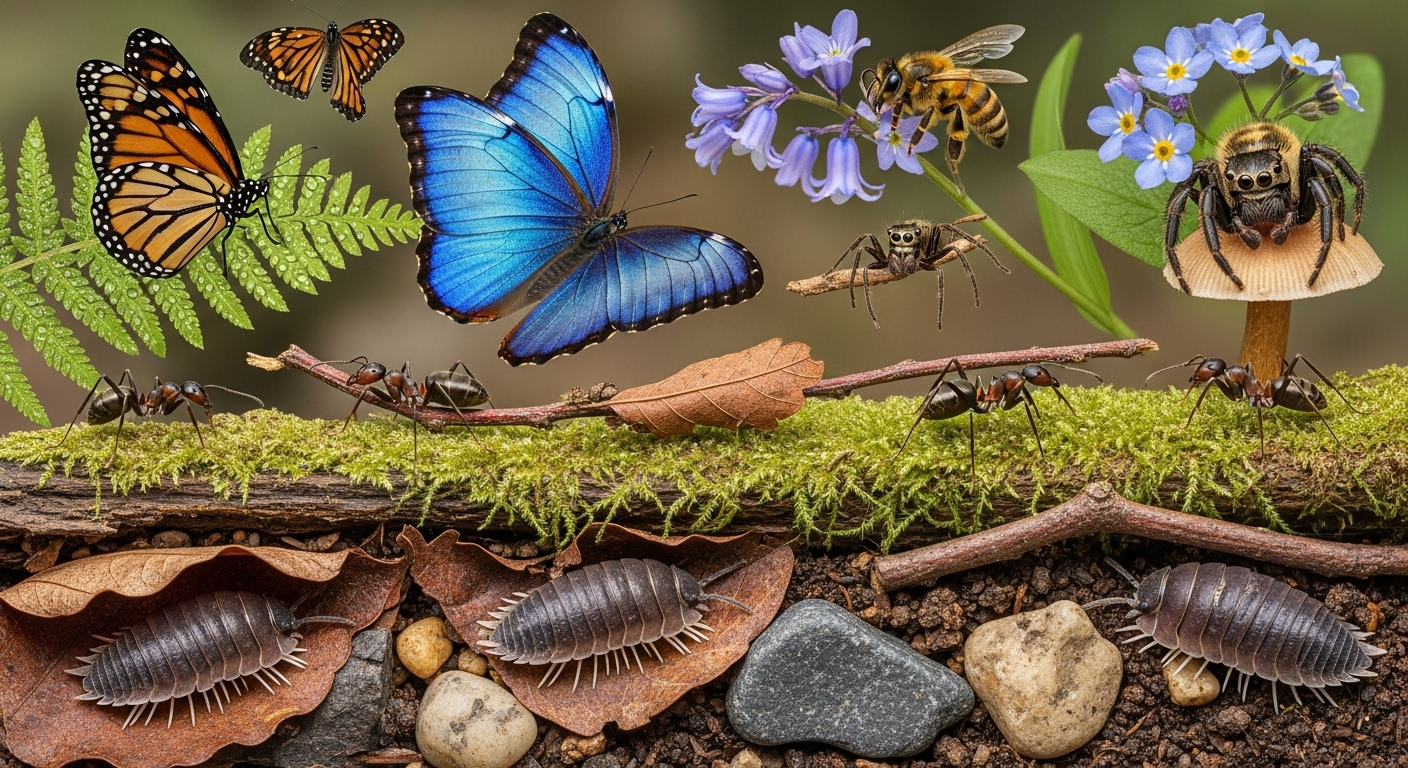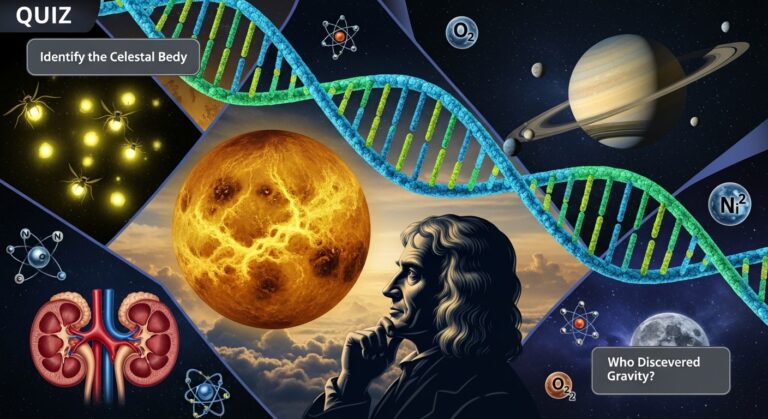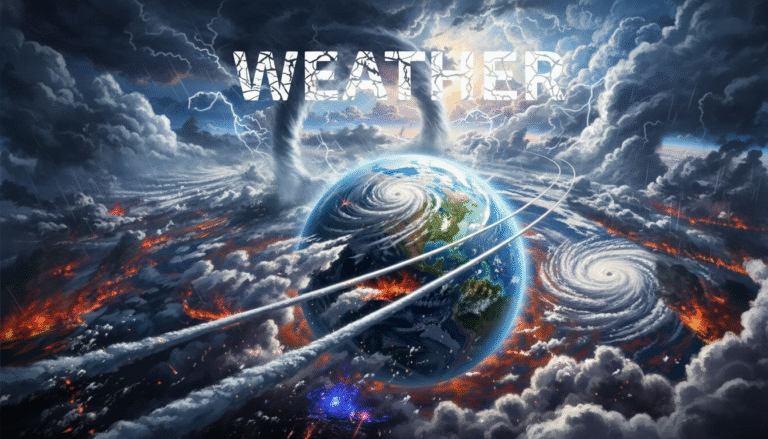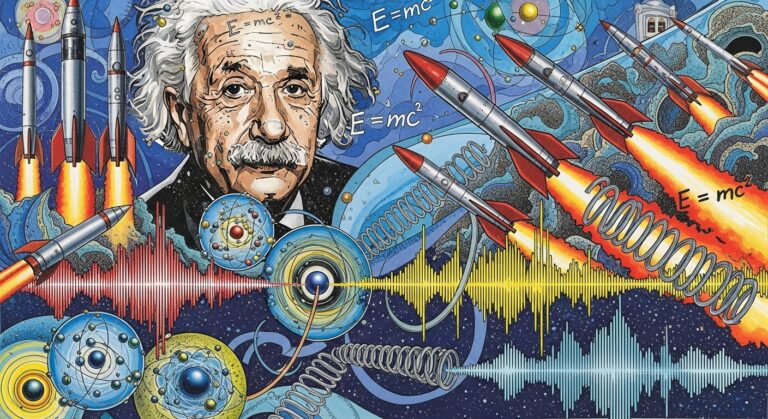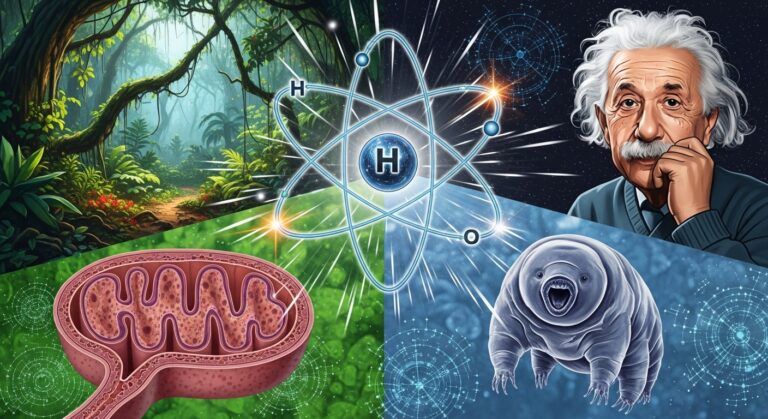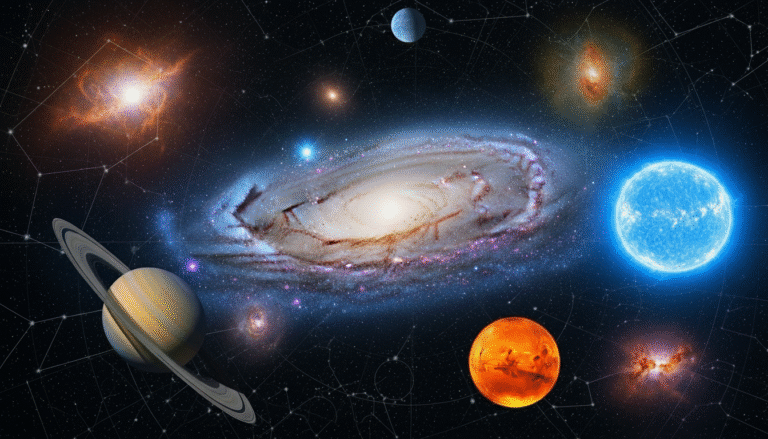Insects and Small Creatures Science Quiz: Test Your Knowledge
The world of insects and small creatures is one of the most diverse, complex, and fascinating branches of biology. These tiny beings make up more than 90% of all known animal species on Earth. Their roles in pollination, decomposition, soil formation, food webs, and ecosystem balance are irreplaceable. This insects and small creatures science quiz is designed to help students, nature lovers, and curious readers discover how these small organisms influence the world in big ways.
Insects are everywhere: in forests, deserts, mountains, oceans, and even cities. They have adapted to nearly every environment, evolving over 400 million years. Their anatomy, behavior, and ecological roles offer endless opportunities for learning.
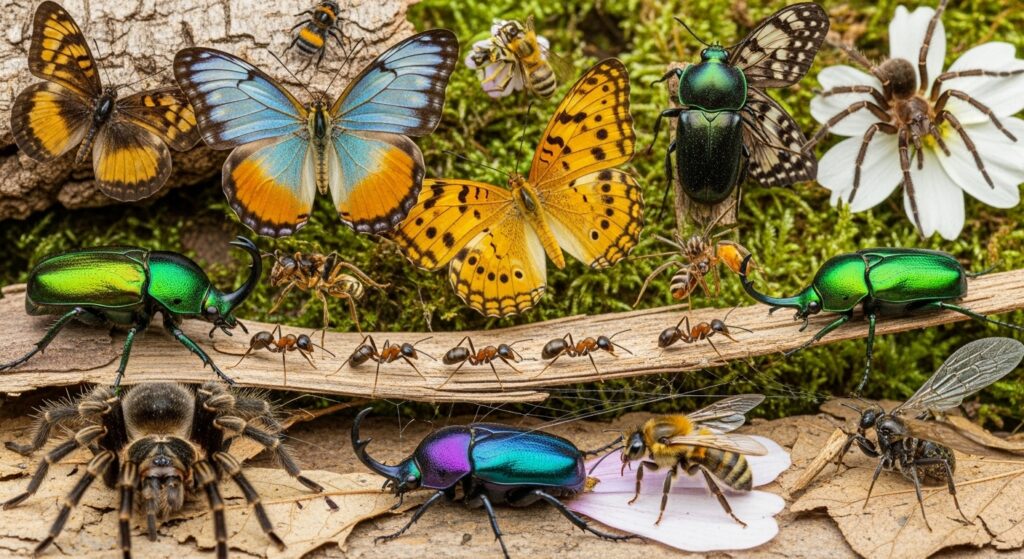
Complete Metamorphosis: A Transformation Like No Other
One of the most remarkable features of insects is metamorphosis. Some insects undergo complete metamorphosis, meaning they transition through four stages: egg, larva, pupa, and adult. The butterfly is the most famous example. After hatching, the caterpillar grows rapidly, shedding its skin several times. Inside the chrysalis, a dramatic transformation takes place as the larva reorganizes its body into a winged adult. This process involves advanced hormonal control and cellular reprogramming.
More on metamorphosis:
https://www.britannica.com/science/metamorphosis
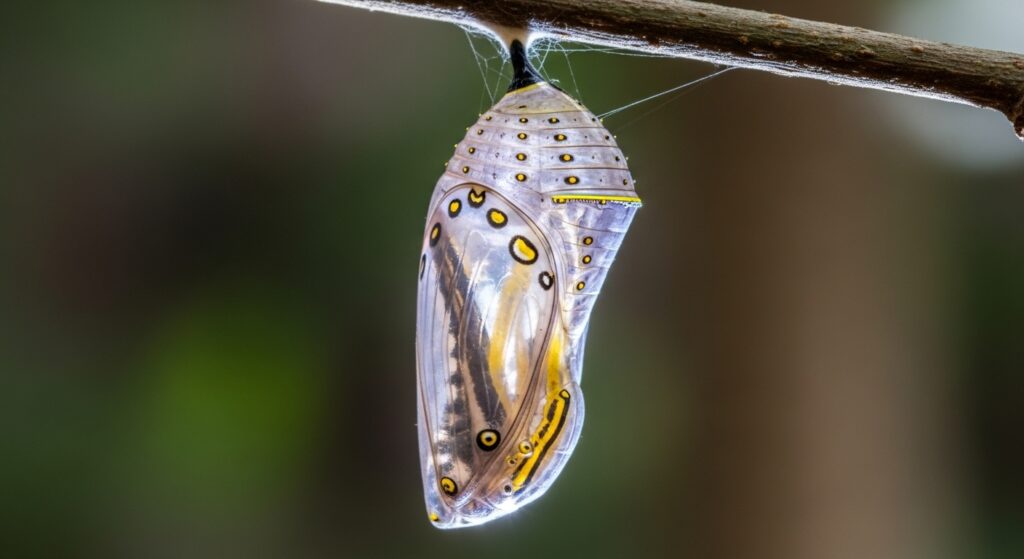
Communication in the Insect World: The Waggle Dance
Bees have evolved an extraordinary way of communicating food locations to other members of the hive. Known as the waggle dance, this movement communicates the direction and distance of nectar sources. Bees perform figure-eight patterns, adjusting angles to indicate where the food is relative to the sun. This dance is one of the most complex communication systems discovered in the animal kingdom.
Learn more here:
https://www.nationalgeographic.com/animals/article/bees-dance-communication
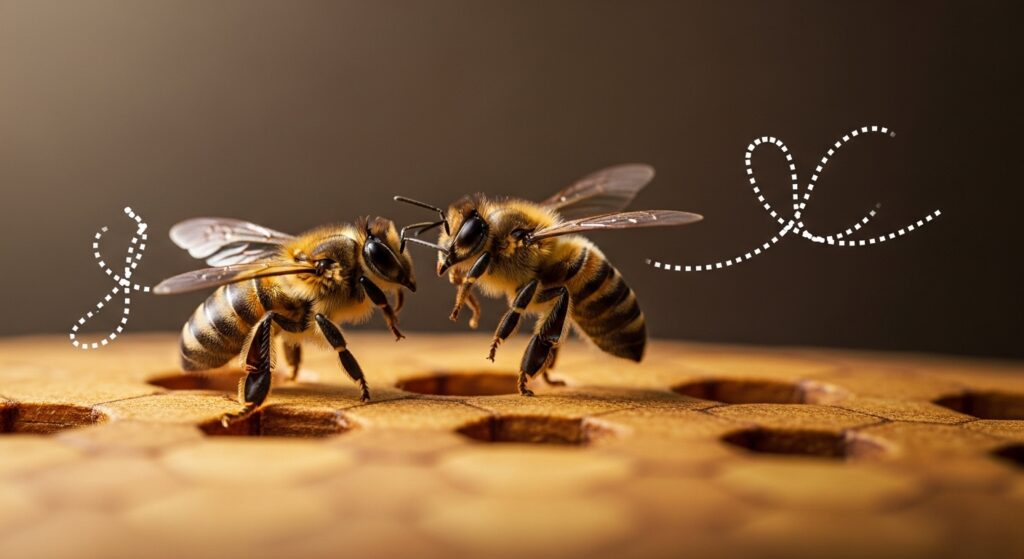
Silkworms and the Art of Silk Production
Silkworms produce one of the most valuable natural fibers in human history—silk. These larvae of the mulberry silkmoth spin cocoons made of a continuous thread ranging up to 900 meters long. Humans have harvested silk for thousands of years, creating clothing, textiles, and even medical sutures. Silkworm farming, known as sericulture, remains vital in many parts of the world.
More about silk production:
https://www.britannica.com/animal/silkworm
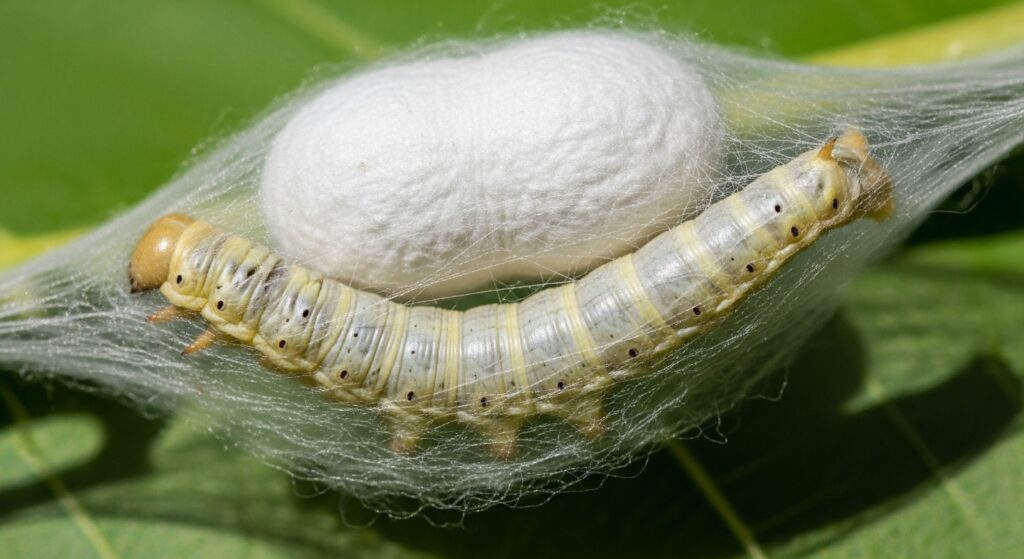
Pollinators: The Tiny Creatures That Keep Plants Alive
Bees are the most famous pollinators, but butterflies, moths, beetles, and even ants play important roles. Pollination occurs when insects move pollen from one flower to another, enabling fruit and seed production. Without pollinators, ecosystems would collapse, and human agriculture would suffer devastating consequences.
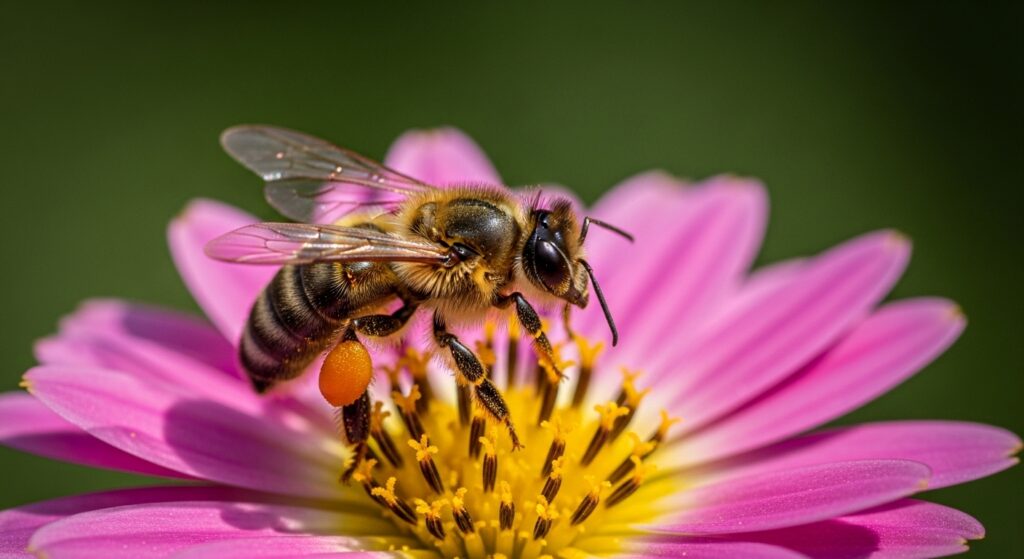
Spiders: Not Insects, but Amazingly Important
Spiders are often mistaken for insects, but they belong to a different class called arachnids. Unlike insects—which have six legs—spiders have eight. They are essential predators that control insect populations. Their silk is one of the strongest natural fibers, used for webs, egg sacs, and safety lines. Molting allows spiders to grow since their exoskeleton does not stretch.
Learn more about spiders:
https://www.britannica.com/animal/spider

Ants: Masters of Cooperation
Ants are one of the most successful species on Earth. They live in highly organized colonies with queens, workers, and soldiers. Ants communicate and navigate using pheromones—chemical trails that guide colony members and indicate food sources or danger. Their strength-to-size ratio is extraordinary, allowing them to lift several times their body weight.
Crickets: Night Singers of the Insect World
Crickets create their characteristic chirping sound by rubbing their wings together, a process called stridulation. The number of chirps per minute can even be used to estimate temperature—a biological phenomenon known as Dolbear’s Law. Crickets are essential contributors to natural soundscapes and food chains.
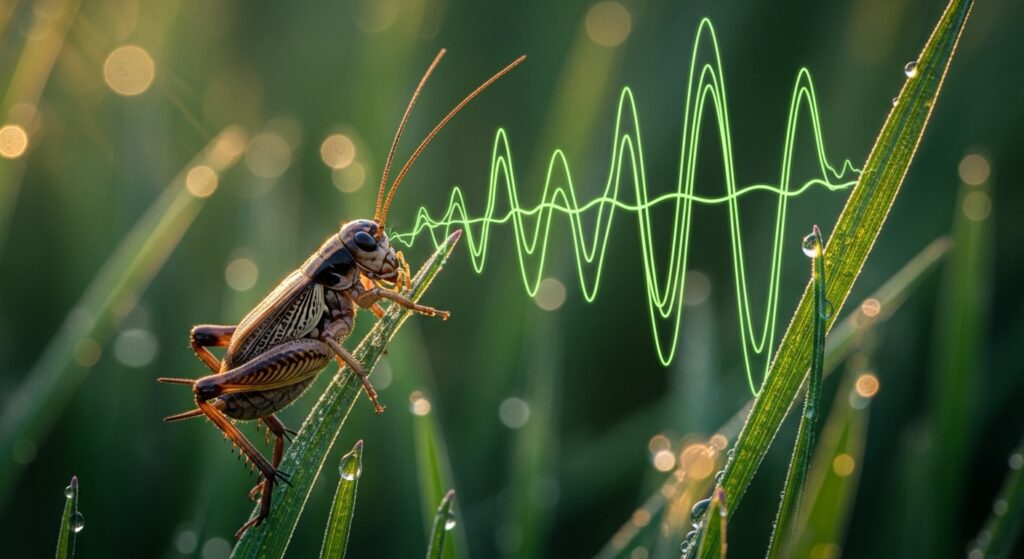
Woodlice and Decomposition
Woodlice, also known as pill bugs or roly-polies, are crucial decomposers. They break down dead plants, fungi, and organic matter, enriching the soil and supporting nutrient cycles. Although many people think they are insects, woodlice are actually crustaceans, more closely related to shrimp than bugs.
Molting: How Small Creatures Grow
Spiders, insects, and other arthropods grow through molting. Because their exoskeletons are rigid, they must shed their old outer shell to grow larger. During molting, the animal becomes vulnerable, often hiding from predators. This process is essential for development, from juvenile stages to full adulthood.
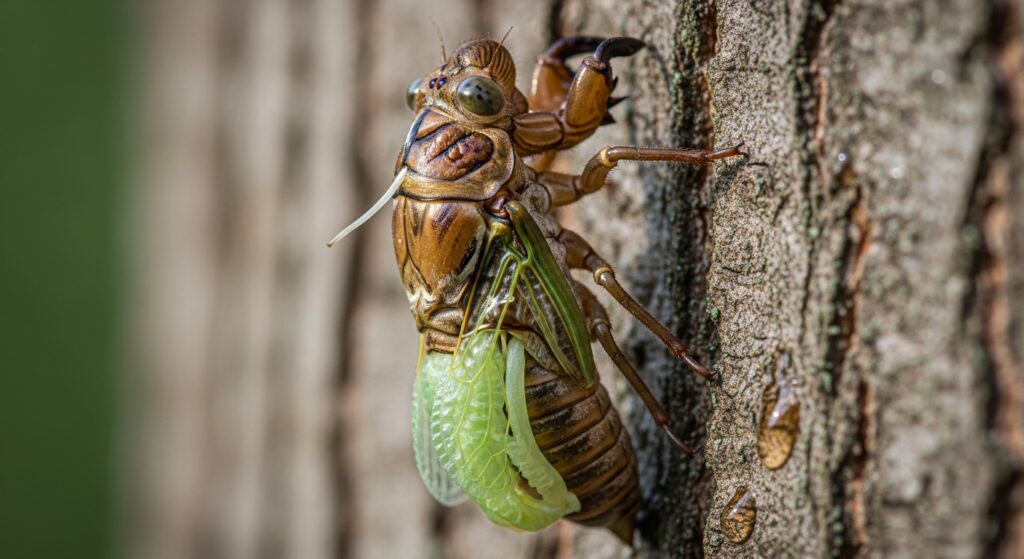
Conclusion
Insects and small creatures are essential to the survival of ecosystems. They pollinate plants, recycle nutrients, control pests, and contribute to the balance of life on Earth. Understanding these tiny organisms helps us appreciate the complexity of nature and the importance of protecting biodiversity. This insects and small creatures science quiz offers a journey into the miniature world that supports life on a grand scale, encouraging curiosity and respect for the natural world.

